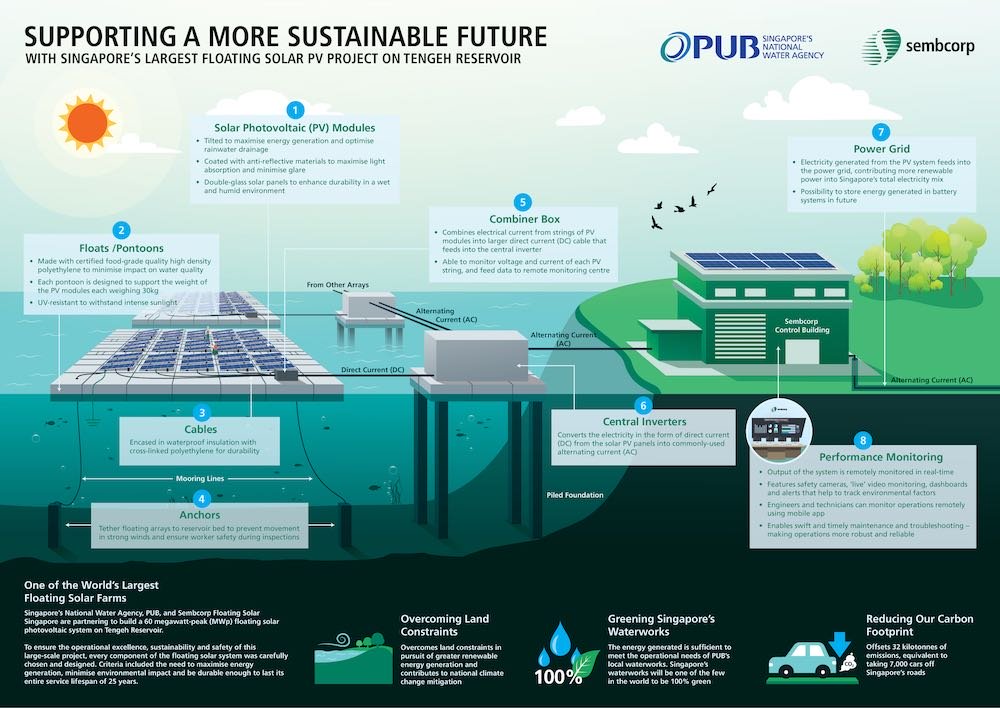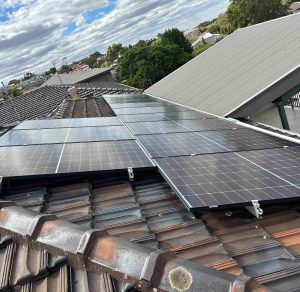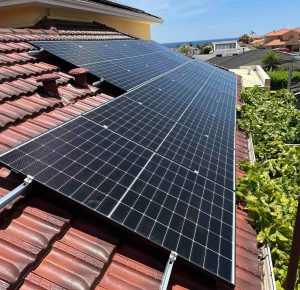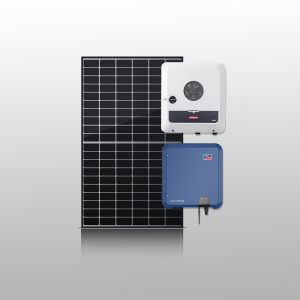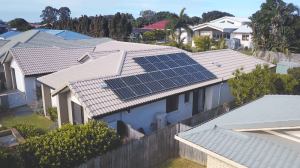Conventional renewable energy farms like solar and wind need space – a lot of it. This important factor places a bottleneck on the green energy ambitions of Singapore, an island state with a population of 5.63 million and a land area of 724 sq. km. The high levels of urbanization and the towering metropolis are not favourable to solar and wind farms. However, open rooftops and reservoirs can cater to this need. The 60 MW floating solar plant on the Tangeh reservoir is currently under construction. The project is a collaboration between Singapore Public Utilities Board (PUB) and Sembcorp Industries.
Launching 2021
Launching next year (2021), the solar plant aims to provide the clean energy required to power the local water treatment plants under the PUB. This can offset nearly 6% of the annual energy consumption on the island. The plant design had to account for the hot and humid climate in this region. However, there are some additional costs associated with the installation process of a floating solar plant. For example, specially trained installers are required to work on and with water. Apart from installation cost, material cost also will increase. Firstly, UV-resistant high-density polyethylene (HDPE) using for floats. Secondly, double-glass modules using to increase the durability of panels. For rainwater drainage, tilted panels are using here. Anti-reflective coatings are using for reducing glare in the panels. An online digital monitoring system provides 24/7 monitoring of the facility.
The system goes online in 2021. As per estimates, it will be able to offset nearly 32 kilotonnes of carbon dioxide emissions. After launch, this large-scale plant in Tengeh province will be one of the largest floating solar system in the world. The water treatment facilities under PUB will join the very few ones which uses 100% renewable energy for operations.
Why floating solar panels are more productive
When compared to onshore solar installation, floating solar plants can generate up to 10% more power than a comparable land-based array.
Most importantly, the water gives cooling effects that ensure solar modules operate at an optimal temperature. Consequently, panels will provide maximum output.
Furthermore, floating solar panels are highly unlikely to encounter any shading, as a result, it will get longer uninterrupted peak performance than many onshore solar panels.

